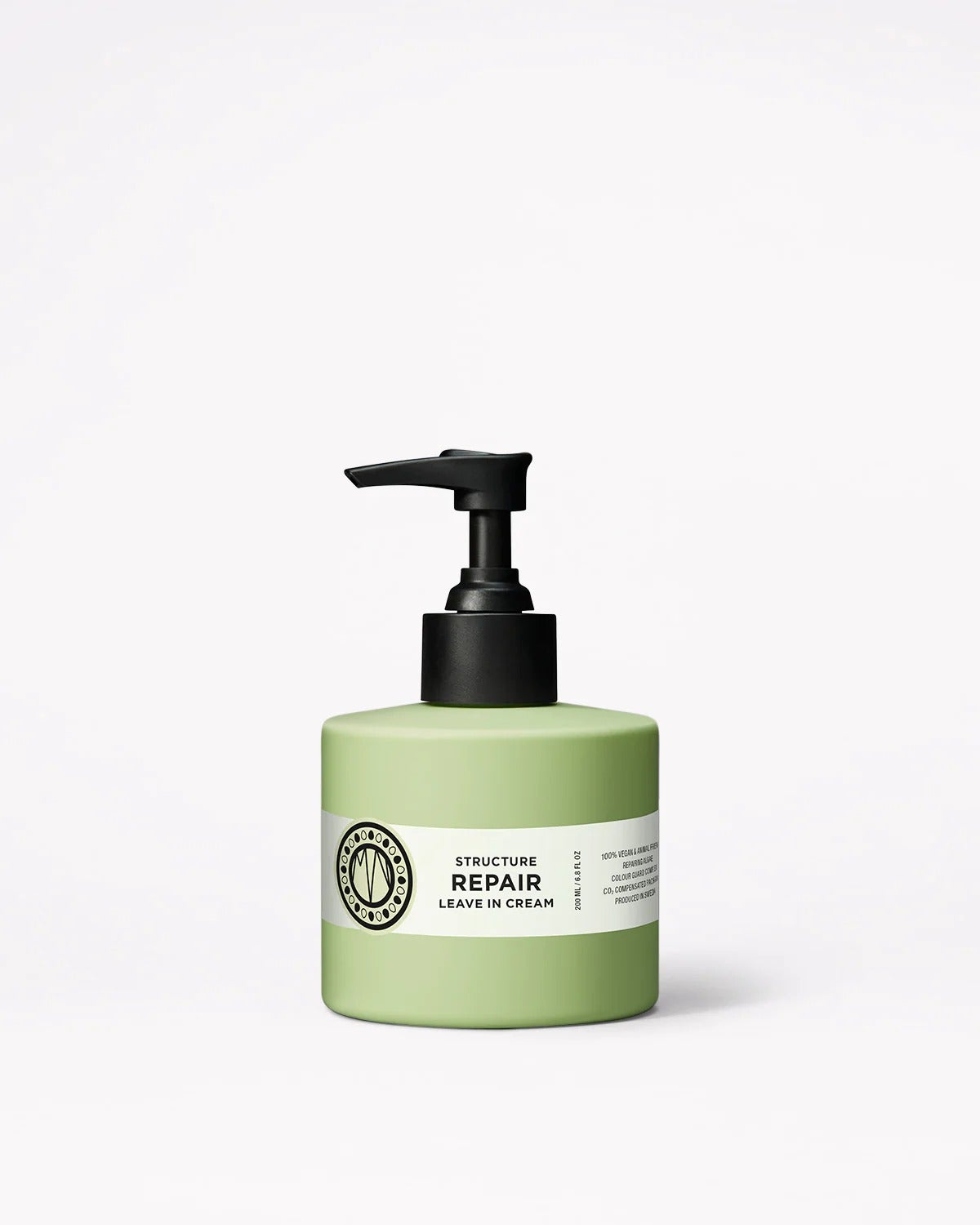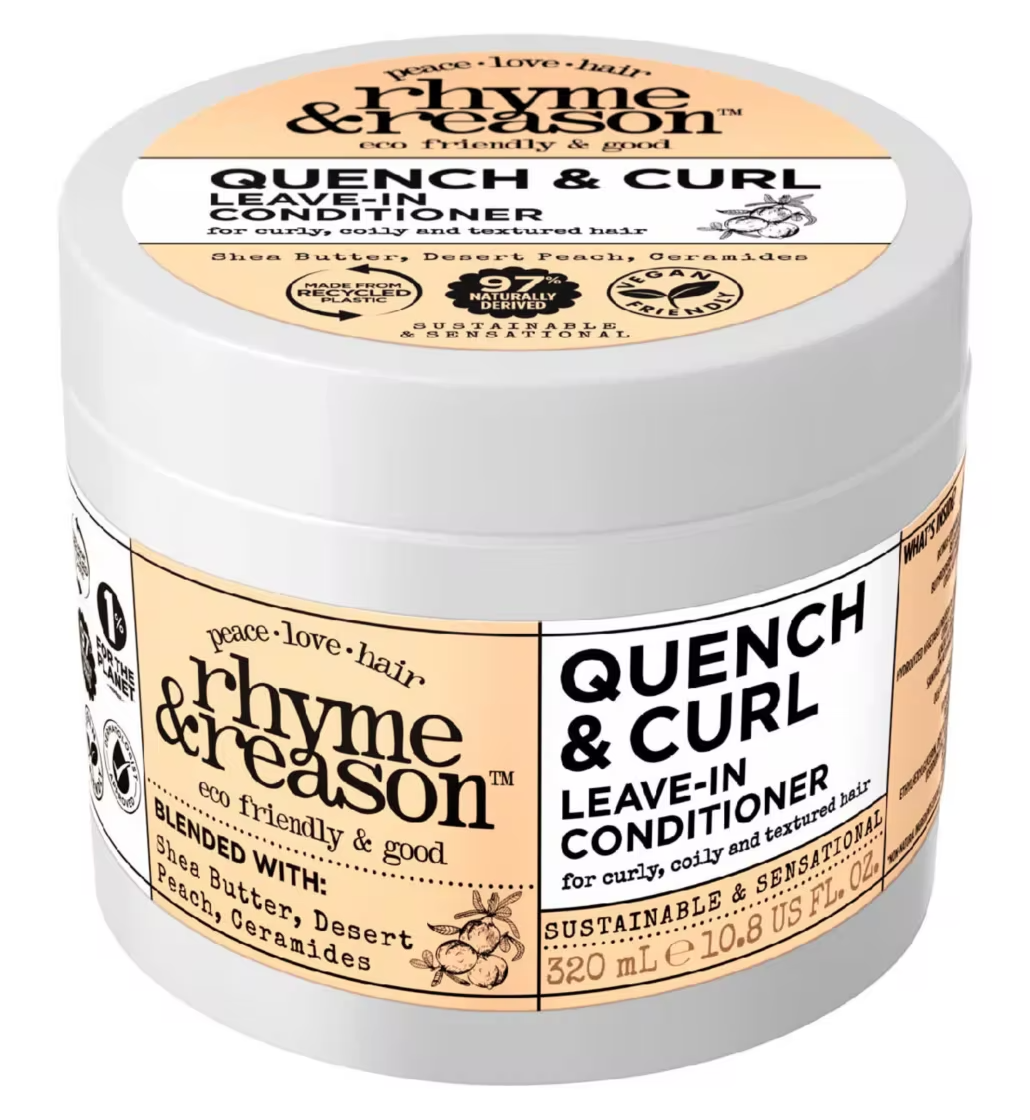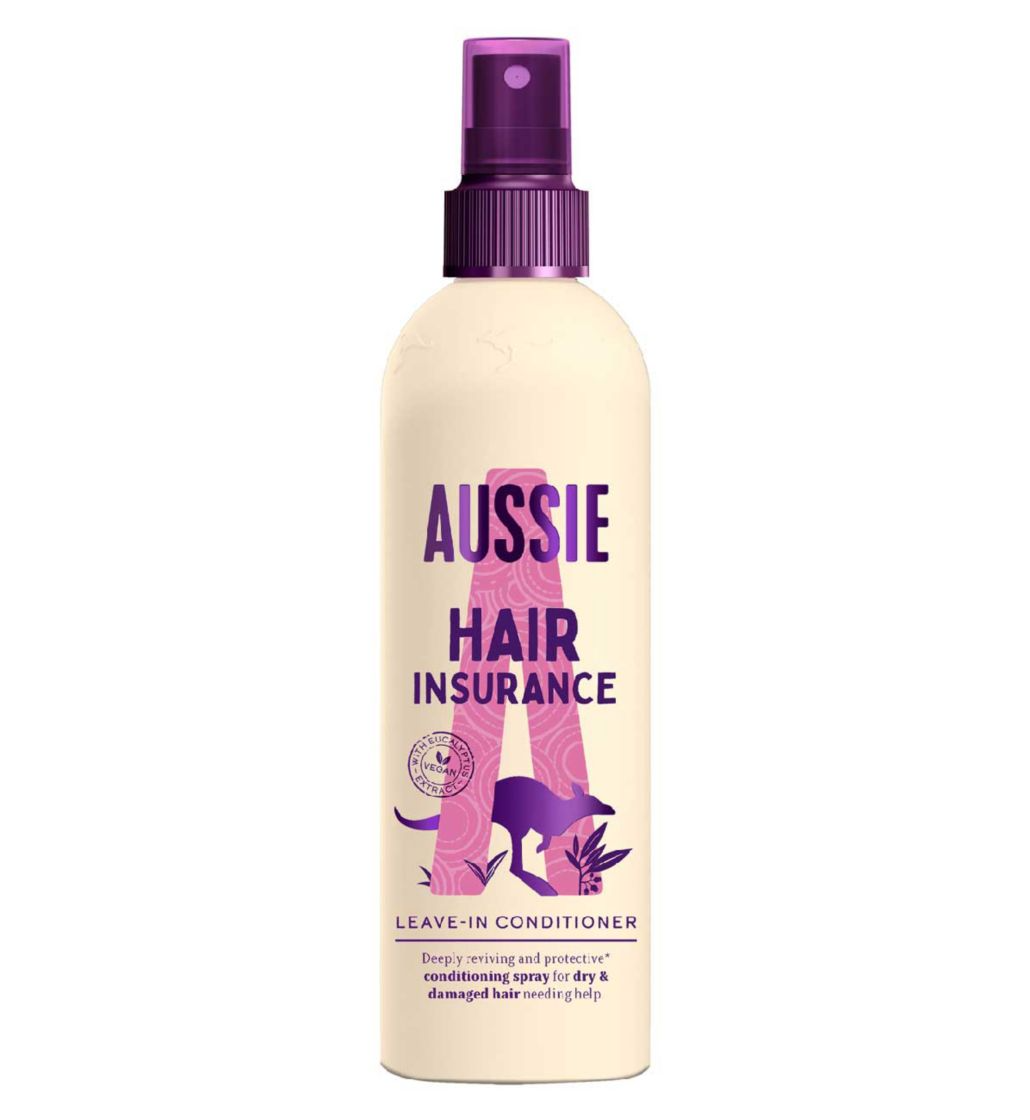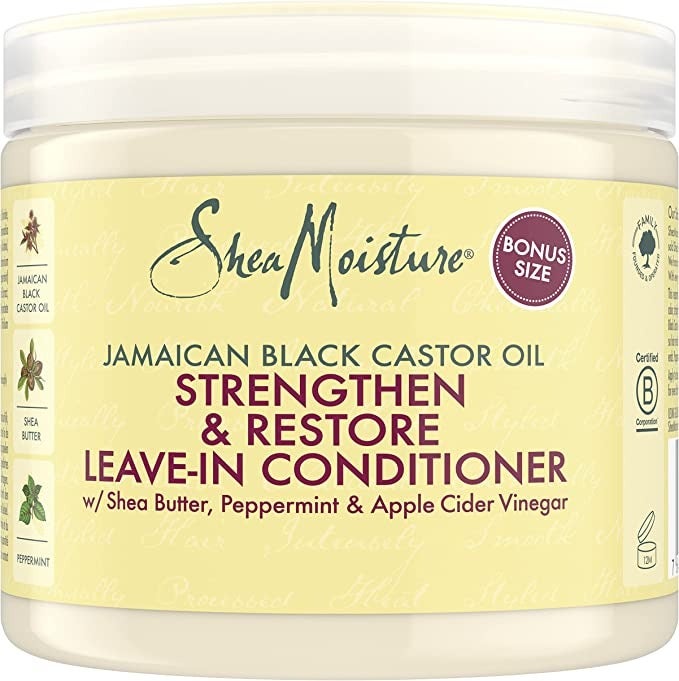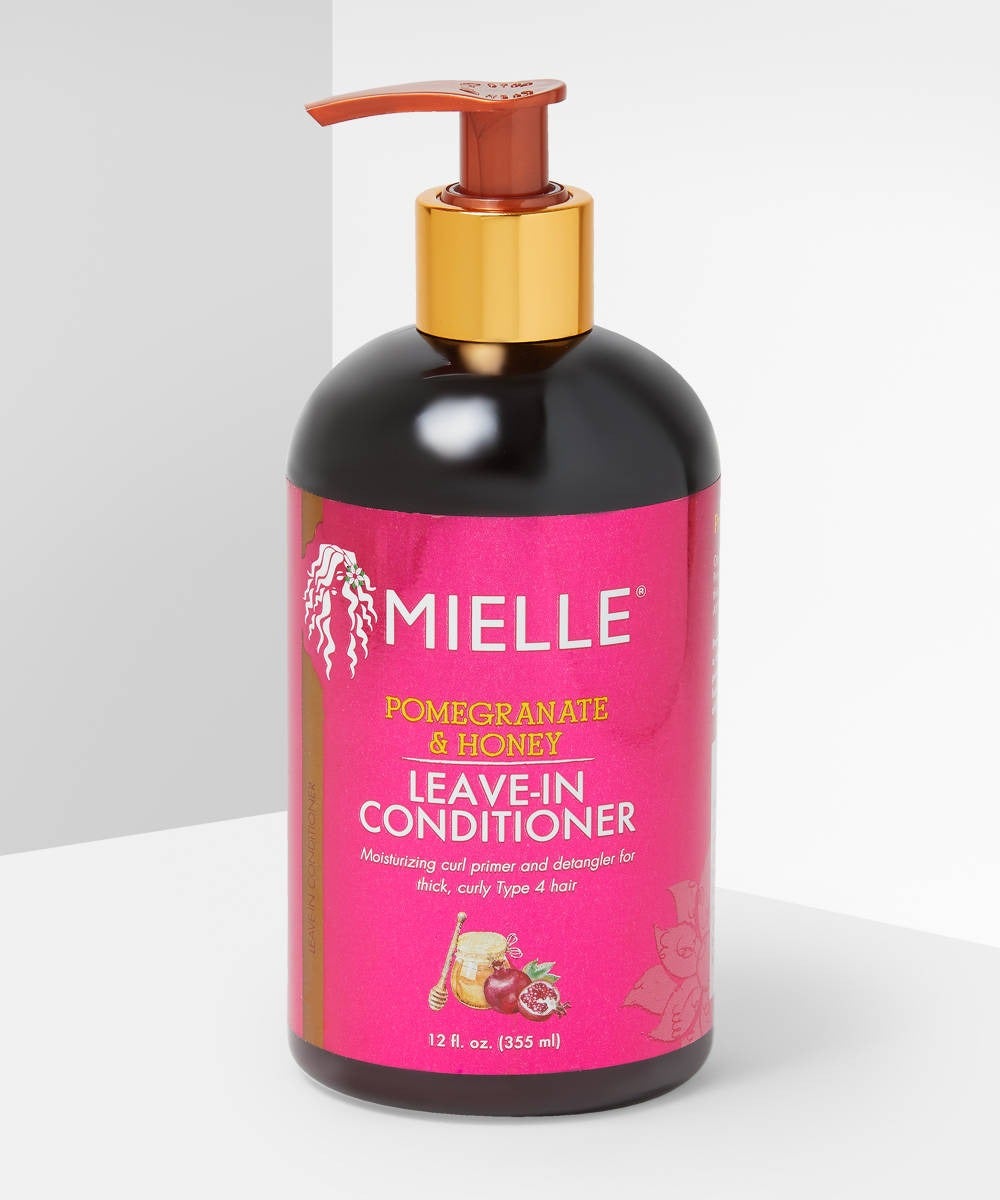TikTok’s DIY Leave-In Conditioner Beats My Expensive Hair Products
Welcome to Beauty In A Tik, where each week we put TikTok's viral beauty hacks and innovative trends to the test.
If you're a Beauty In A Tik regular, you'll know that I'm not afraid to put my hair on the line for a TikTok hack. First and foremost, it's my job to weed out the weird (and often useless) trends from the wonderful ones. But more often than not, curiosity simply gets the better of me. It's why I decided to swap my frizz serum for dental floss, wash my hair with micellar water and put glycolic acid on my scalp (only the latter is now cemented in my hair routine).
AdvertisementADVERTISEMENT
One of this month's most viral hair hacks comes courtesy of New York City hairstylist Matthew Newman aka Matt Loves Hair on TikTok. What the hair professional doesn't know about achieving healthy hair isn't worth knowing, but they aren't averse to a DIY trick. In a video with 145.6k views and counting, Matt tips their hair conditioner (the one we'd all typically rinse out in the shower) into a bottle of water, then adds a few pumps of hair serum. Matt gives the mixture a good shake to ensure it's blended thoroughly before applying it to their lengths. "DIY leave-in conditioner — yes please!"
@mattloveshair @meghaess love this #hairhack !! conditiiner + water for DIY leave in conditioner! added a bit of hair serum too! #hairstyling #haircareroutine ♬ BO$$ CHICK - Saweetie
Judging by the thousands of likes, it's a hack that many of Matt's followers needed, particularly after the cold winter which, it seems, has left our hair positively parched. I'm certainly in that boat. I have a lot of hair, which becomes frizzy after washing and as soon as I step outside, regardless of the weather. I rely heavily on serums and oils, depending on how much hold and moisture I feel my hair needs (I wash it two to three times a week). Could Matt's homemade (ish) concoction replace them all and potentially save me some money in the long run?
I'm currently using Hair Proud Super Hydrating Conditioner, £7.95, with moisturising argan and jojoba oil and hydrating hyaluronic acid. I love how it makes my hair smell (expensive, despite the affordable price tag) and feel (smooth, soft and manageable). I repurposed a bottle of face mist and made sure it was adequately clean before filling it halfway with water, squeezing in some conditioner and filling it up to the top with L'Oréal Elvive Hydra Hyaluronic Acid Serum, £12.99. Then I gave it a vigorous shake to combine everything.
AdvertisementADVERTISEMENT
Applying it felt just like the professionally formulated leave-in conditioners I've tried in the past, as the texture was a lightweight milk. I pulled it through damp lengths and gave it a once-over with a wide-tooth comb to make sure it was distributed relatively evenly, then reached for my hairdryer (Hershesons The Great Hairdryer, £295, in case you were wondering).
Photo: Courtesy of Jacqueline Kilikata.
Photo: Courtesy of Jacqueline Kilikata.
The top photo is my hair after washing and rough-dried with a hairdryer, without any hair product. It's knotty, frizzy and dry. The photo underneath is my hair after washing, rough-dried after having applied the DIY leave-in conditioner to damp hair. As you can see, there's a marked difference in terms of shine and smoothness but it also felt a lot better: soft but not so airy that I had to contend with frizz and flyaways. It gave me just the right amount of hold. I'd even say it performs just like some expensive leave-in conditioners I've used previously. In fact, I prefer it.
@refinery29 We are obsessed with these results! #beautyinatik #hairroutine #newproduct ♬ Sia - Xeptemper
It's safe to say I'm sold on TikTok's DIY leave-in conditioner but I was interested to know what the experts think of it. First of all, it pays to know what you're dealing with. "Leave-in conditioners are designed to nourish and hydrate the hair throughout the day," explains Diego Miranda, session hairstylist and Maria Nila ambassador. "Common ingredients include jojoba oil, aloe vera, honey, avocado oil, moringa oil, olive oil or shea butter," which are known to impart shine, reduce frizz and make hair softer. Celebrity hairdresser Luke Benson adds that the main benefit of leave-in conditioner is that it is absorbed into the hair strands to fill out any damaged areas. These may be caused by a number of things, such as mechanical damage (brushing or combing), thermal damage (using heated styling tools regularly) or environmental damage (such as sun exposure).
AdvertisementADVERTISEMENT
If you don't have a leave-in conditioner available, you certainly can whip up a makeshift product by mixing a serum with a conditioner and a little water, confirms Diego. "This will create a light, hydrating spray that remains flexible and goes a long way. Adding serum and water to a conditioner dilutes the product and prevents it from drying and hardening on the hair. This means that you benefit from the hydrating properties of the conditioner throughout the day."
But there's a catch. Luke explains that rinse-out conditioners are meant to be washed out so if mixed with water and sprayed on, all a DIY leave-in product might do is give your hair that nice, coated feeling — as it did for me. That said, it could leave your hair feeling greasy when dried, adds Luke, especially if you use too much. Not only this but Luke says that adding water is just diluting any benefits of the conditioner. "The hair types which benefit most from conditioner and serum are frizzy, thick and curly. These hair types need a good application [of both products] to penetrate the hair and impart the benefits."
Diego says that adding water to conditioner and serum shouldn't alter the formulation but agrees with Luke and adds that it can tone down the strength and efficiency of each product. Luke also suggests watching out if your chosen serum is silicone-based. "Without special emulsifiers," which are ingredients that ensure formulas don't separate, "water and silicone won't really mix."
AdvertisementADVERTISEMENT
Another possible downside to this hack (depending on how much conditioner you use and how much product you apply) is product buildup. I haven't noticed this just yet as I use my hair products sparingly, but I could definitely see how applying too much could weigh my hair down and make my scalp feel itchy.
Nevertheless, the DIY leave-in conditioner currently lives in my bathroom cupboard. I plan to use it during my next hair wash and beyond, especially as the weather warms up. If you don't want to get your DIY on, Luke recommends looking to an established haircare brand. "There are leave-in conditioners for all hair types," says Luke, who would rather use something professionally formulated. "They're so concentrated, you don't need to use a lot. This means they should last a fair amount of time." If your hair requires additional hydration, a leave-in conditioner is always a great idea, adds Diego, who rates Maria Nila Structure Repair Leave In Cream, £24.
shop 5 products
R29 also loves Aussie Hair Insurance Hair Conditioner Spray, £5, for fine hair that tangles easily, and Rhyme & Reason Curl & Quench Leave-In Conditioner, £8.99, for curls, both of which are brilliant, affordable high street options. Also try Shea Moisture Jamaican Black Castor Oil Strengthen & Restore Leave-In Conditioner, £9.26, and Mielle Organics Pomegranate & Honey Leave-In Conditoner, £15, which are great for hair on the fragile and dry side.
At Refinery29, we’re here to help you navigate this overwhelming world of stuff. All of our market picks are independently selected and curated by us. All product details reflect the price and availability at the time of publication. If you buy or click on something we link to on our site, we may earn a commission.
AdvertisementADVERTISEMENT








